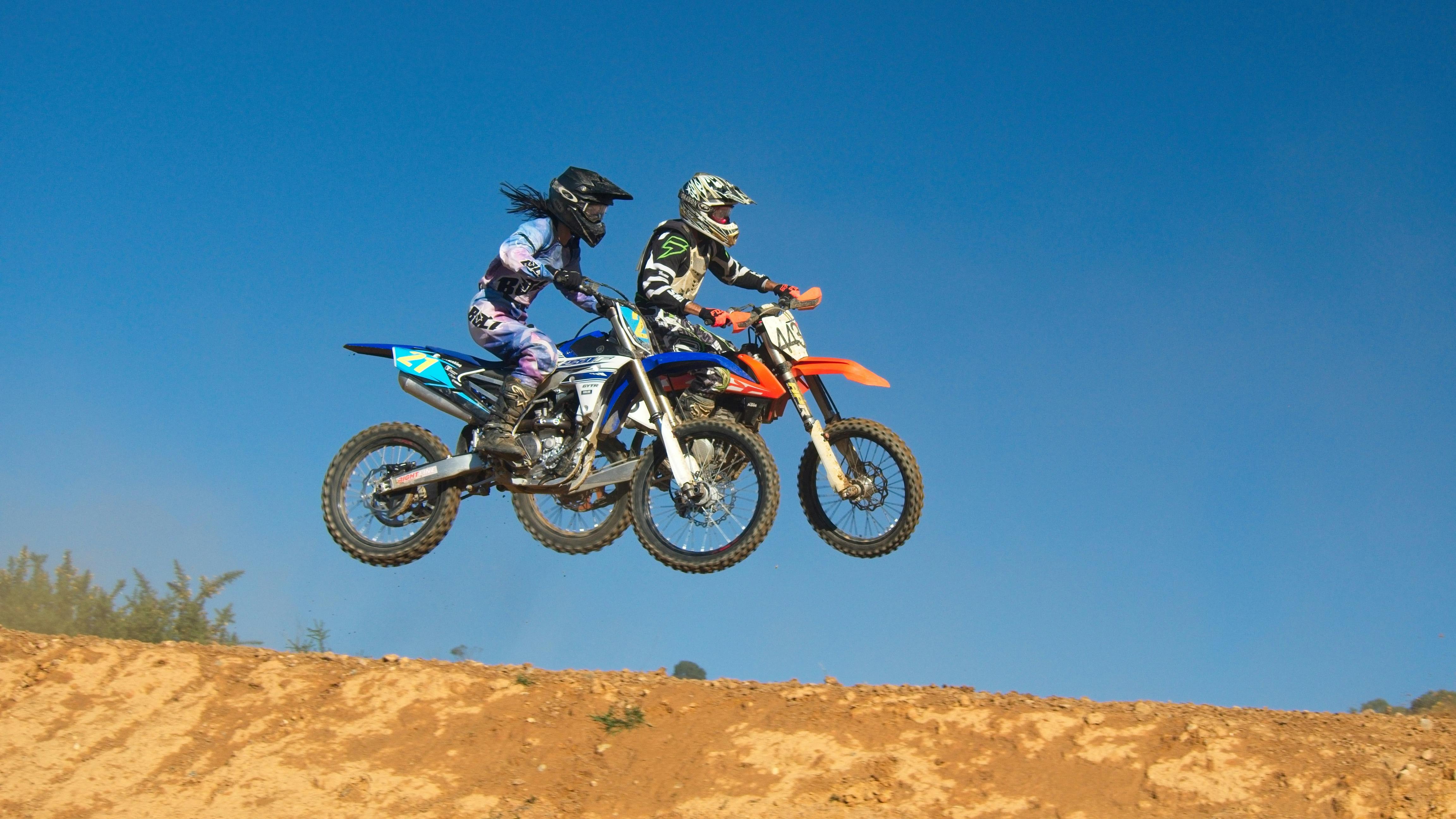Rough, severely undulating six-inch greens and softer bunkers lie in wait at the 106th edition of the US Open at Winged Foot Golf Club in Mamaroneck, NY.
The United States Golf Association (USGA), in its continuing quest to protect par and drive the world’s best golfers to complete madness, has created many new challenges for the world’s best golfers when they play this weekend. . The New York Times, in a full preview section open on Monday June 12, detailed the challenges that will face all who play the 18th hole at Winged Foot. The Times diagram of the 18th green looks more like a wind map on the Weather Channel than a green on a golf course. Any ball that barely lands on the front of the green will likely roll back off the green, or roll into rough up to four inches thick.
The highest point of the 18th green is astronomically 3.6 feet higher (at the far left back of the green) than the lowest point of the green. With the ability to set the left pin to the back, even a golfer who manages to make his shot over the false front that protects the green will have an extremely difficult uphill putt that could be more than 3 feet uphill. Not only that, a New York Times diagram of the 18th green, provided by greens analysts Mark Sweeney of TPS Golf and Scott W. Pool of GreenScan, shows that a putt from the front of the green to the left-rear pin position would likely be a double switch; that is, the putt will first start moving from left to right, but will break from right to left at the end. Considering the treacherous green conditions that existed at Shinnecock Hills at the 2004 US Open, where putts on one side of the green would end up off the green or rough, this isn’t much of a surprise.
As if the 18th green isn’t hard enough as it is, the bunker on the front left side of the green is 8ft deep and filled with soft sand meaning anyone landing in the bunker will have a lot of difficulty negotiate the last hole of an incredibly difficult golf course.
The rest of the Winged Foot is very complex, as the rough has been widened and elongated. Essentially, it will become a “pick your poison” game for the best golfers in the world. There are different degrees of difficulty. First, the golfer will have to hit the ball on fairways that have been reduced from 28 to 20 yards. If the golfer loses the fairway, there are three different types of rough, each one more and more difficult than the other.
The first rough cut is the intermediate rough, which is about 6 feet wide and 1 ½ inches tall. After that, the challenges get more and more difficult. The main rough, which is 20 feet wide and 3 to 4 inches high, will force golfers to use “[l]clubs used to hit back to the fairway.” This type of rough is common on another major Atlantic course, the British Open, where many golfers have almost had to play back shots due to the thick, overgrown rough that lurks on both sides of the streets.
However, one of the most important changes from the winged foot is the enlargement of the secondary wrinkle, which is five to six inches tall. The secondary rough has been extended to where spectator galleries used to exist, meaning errant hits from the game’s big hitters could spell big trouble. The Times description of the secondary brute states that “[p]the capes will have all they can handle trying to hack a shot back to the fairway.” USGA President Walter Driver told the Times that “a player’s sense of humor can be tested” by the extended rough.
It’s a good thing the USGA wants to protect par and punish golfers for hitting tee shots that are 30 yards from the fairway, because the association has to keep up with technological changes that make even hard shots and of bunker are easier to do. There is a difference, however, between difficult and ridiculous. I just hope the USGA hasn’t made Winged Foot look as impossible as Shinnecock Hills did two years ago.
This tournament is currently billed as the long-awaited battle between Tiger Woods and Phil Mickelson. However, by the end of the weekend, the billing can shift to a battle for survival between the golf course and the golfers themselves.
FONT
“The 106th US Open Preview”. The New York Times, June 12, 2006.
